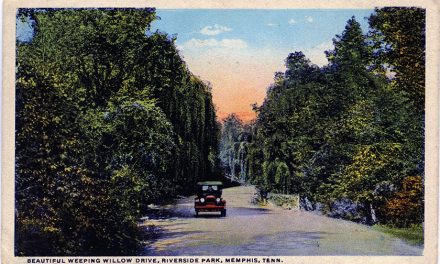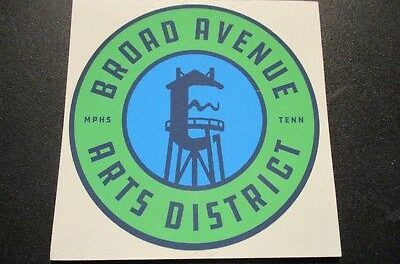From Atlantic Cities:
Data from the 2010 Census have offered up another benchmark for use in tracking the feel-good demographic story of America’s steady desegregation. Edward Glaeser and Jacob Vigdor looked at the latest statistics earlier this year and went so far as to declare, in a widely circulated paper for the Manhattan Institute, that we have reached “THE END OF THE SEGREGATED CENTURY.”


American cities, the authors concluded, are more integrated today than they’ve been at any point over the past century. Although, as a number of dissenters were quick to point out, “more integrated” does not necessarily mean “we’re finally done desegregating.” (Nor does it mean we have done anything about the growing problem of economic segregation.)
There is a certain cognitive dissonance to much of this data: Nationwide statistics suggest more blacks and whites now live side-by-side, but plenty of communities have seen no such effect. It appears as if the once-prevalent all-white neighborhood has gone virtually extinct. But its all-black counterpart has not. The number of multi-ethnic neighborhoods in America is on the rise, but recent research suggests that when blacks move out of predominantly black neighborhoods, they usually head to… other predominantly black neighborhoods.
So are we supposed to pat ourselves on the back here, or what?
Researchers Richard Wright, Steven R. Holloway, and Mark Ellis have offered a more useful way to think about this: New forms of diversity are emerging in America, but so, too, are new forms of segregation. Wright, a professor of geography at Dartmouth, explains it this way in the following video:
Rather than thinking of segregation and diversity as being on a continuum from segregated to diverse, moving linearly between those two points, our research admits to the possibility of folds in that continuum. You can have segregation and diversity in the same place, at the same time.
In other words, many cities are seeing an increase in integrated neighborhoods and an increase in segregated ones at the same time. Here’s Washington, D.C., as captured in the 1990, 2000 and 2010 censuses, from the researchers’ work:



The deep orange swaths are white-dominant census tracts with low diversity; light orange covers majority-white neighborhoods with moderate diversity; dark green covers black neighborhoods with low diversity; and light green covers majority-black neighborhoods with moderate diversity. The time sequence above shows that much of the all-white Washington suburban region has now become moderately diverse. But the dark green area (black neighborhoods with scant diversity) has expanded, too, to the east of the city.
Here is the complicated picture in Atlanta, where mostly black neighborhoods are not so much as disappearing from the city’s core as they are moving around it:



And Baltimore:



And Chicago:



And Dallas (where Hispanic communities are represented in purple):



You can look up the maps of 53 American cities (and every state) here, but bottom line: No, it is not time to pat ourselves on the back yet.




